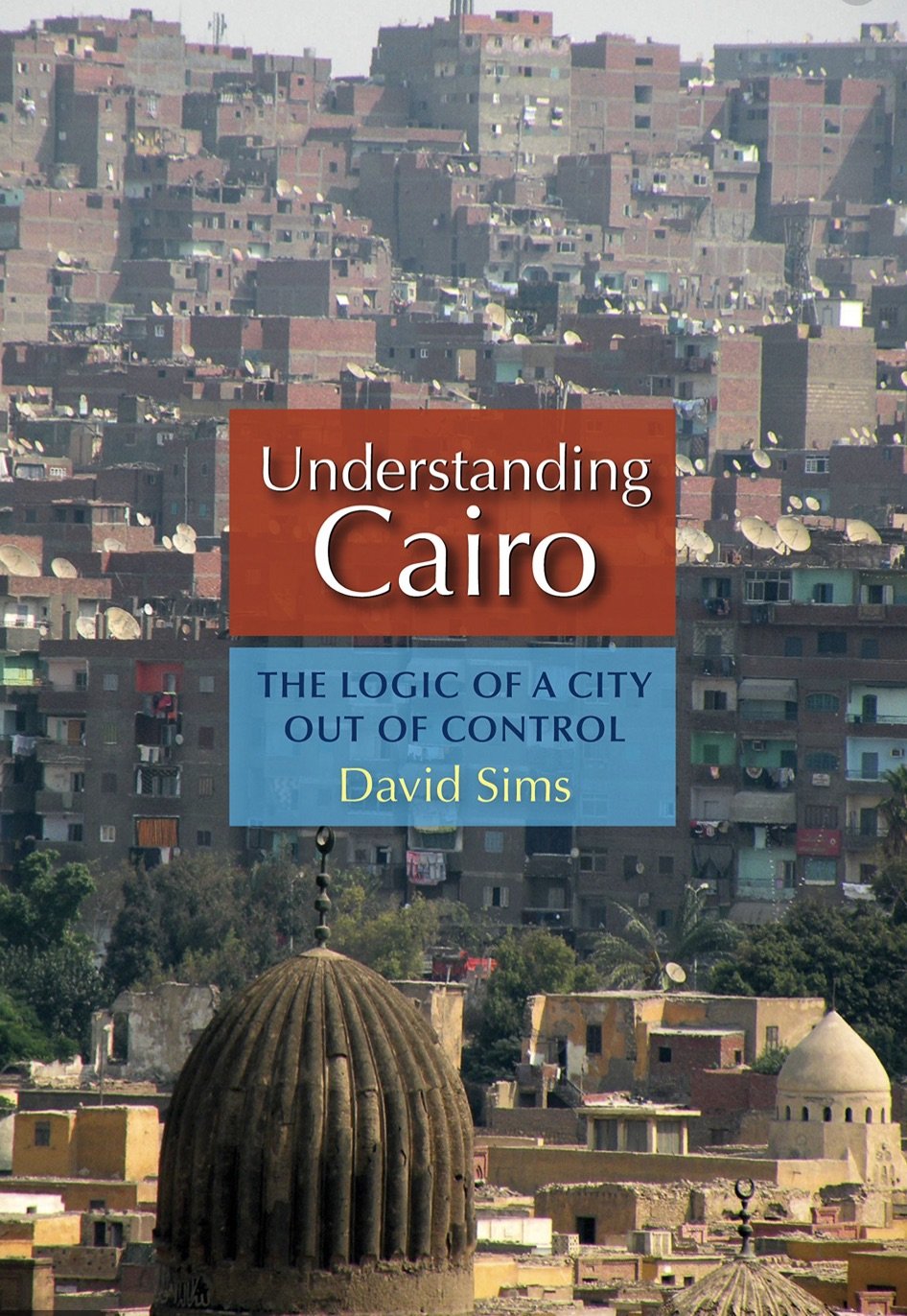Who owns the street?
Chapter in book- UCL press
This chapter explores the contrasting social dynamics between Lange Reihe and Steindamm, two parallel streets in Hamburg's St. Georg neighborhood. The social tension between these streets reflects the lack of equity and freedom in certain parts of the city. By examining their histories and cultural backgrounds, the chapter seeks to understand why these streets have become dissonant and what it means for individuals to claim ownership of public spaces.
To rebuild or not to build
Conference-IASTE & National University of Singapore
A few years ago, the new Jewish community in Hamburg demanded to rebuild one of their long-lost key synagogues in Grindel neighborhood, demolished in 1938 by the Nazis. A topic that has become controversial in the past few years. By tracing the history of the German Jews, and their emotional connection to some of their spaces in Hamburg, this paper provokes the controversy of whether to build or not to build the synagogue in Grindel.
Understanding Cairo
Book Review in IJURR
The economist and urban planner Sims discusses in his book the dramatic events that took place in Egypt on January 2011. He escorts the reader on a journey while viewing Cairo within a nostalgic frame. His review begins with the monarchy’s golden ages moving on to the intensified national pride of Cairo as the capital of the Arab World after 1952, and ending with the new identity of modern Cairo as a Greater Village instead of Greater Cairo.
Reclaiming Public Spaces
Article in OZ Journal
The modes of production of urban spaces today have shifted from being initiated by institutional and formal production entities and has been transferred into the hands of the community. This change is widely represented in pocket urban spaces that have developed in inner cities and under bridges, overpasses, and highways.
Women in Egypt
Conference- TU Delft- Netherlands
A safe space should enable primary mixed uses to run within small blocks of aged buildings mixed with new and frequented by large numbers of different users who keep an eye on that space.
Hussien Al-Mimar Street
Conference- TU Delft, Netherlands
In her book, The Death and Life of Great American Cities, Jacobs identified four urban preconditions for creating streets as active public spaces: high densities of population and activities; mixtures of primary uses; pedestrian-friendly blocks and the retention of old buildings mixed in with new. A fifth element however, ought to be considered, “accessibility control”.
Private initiatives versus state interventions
Chapter in Book- Springer
A walk through Downtown Cairo is a unique experience any urban planner and architect would appreciate. It is a district from the 19th century that was dramatically transformed from an elite neighbourhood into a chaotic district overrun by street vendors and busy traffic within its streets.
Cinema Radio in Downtown Cairo
Conference (not published)-London Centre for Interdisciplinary Research
One of the places that trigger the collective memory in Downtown Cairo is Cinema Radio. An emblematic building which became a reminiscence medium for three generations since the 1940s, and recently played a unique role in changing the path of the political scene in Egypt after the uprising in 2011.
From 80,000 to Only 8 Persons
Conference-University of Birmingham & Foundation for Jewish Heritage
For many Jews who once lived in Egypt, it is a past they do not want to forget. A history that goes back to Biblical times, when most of their rituals and symbols were derived from ancient Egypt. During the late 19th century and the first part of the 20th century under the umbrella of the monarchical ruling, Jewish residents enjoyed a period of high level of toleration and cultural symbiosis within the society.
An unprecedented lens for re-envisioning the past
Conference-University of Birmingham
History is important because it gives us the chance to understand our past, our present and even plan for our future. Sometimes, this history can evoke traumatised feelings from times of despair, it can be also awkward for public reconciliation with a positive identity, and that is why it is called ‘Dark Heritage’.
Three Digit Blocks
Conference- TU Darmstadt
Many cities at that time were under the control of totalitarian regimes and were forced to follow specific developmental strategies during times of low levels of economy and limited industrialisation resources. It was a dominant model that has defined the socio-political and economic movements of the countries that followed it.
Cooperative Housing as a Substratum for Societal Integration
Conference (not published)-AHRA-University of Birmingham
Housing Cooperatives should be recognised today as a key-form of tenancy in Hamburg, especially with the current prices of the housing market.
Mind the Gap!
Conference-IASTE- Berkeley & University of Nottingham Trent
Can we create more trusting public spaces based on changing the way we think of the ‘Other’?In a metropolitan city like Hamburg, equity and freedom within some of its public spaces can be a myth.
Revamping german educational facilities into communal centres
Conference-IASTE- Berkeley & University of Nottingham Trent
The German educational system recently underwent substantial changes initiated by new political programs. Based on young families’ needs for spaces to accommodate their children while pursuing their careers, the government started a series of transforming existing buildings and also constructing new ones.
When Participatory Design becomes a Democratic Sphere of Influence
Conference-Polytechnic University of Catalonia
Participatory Design is a course of action through which social relations can be interpreted and reinforced within a democratic sphere of influence. Creating a successful space can be perceived as experimental politics, which ought to enable the tools for participation to rightfully enact.














